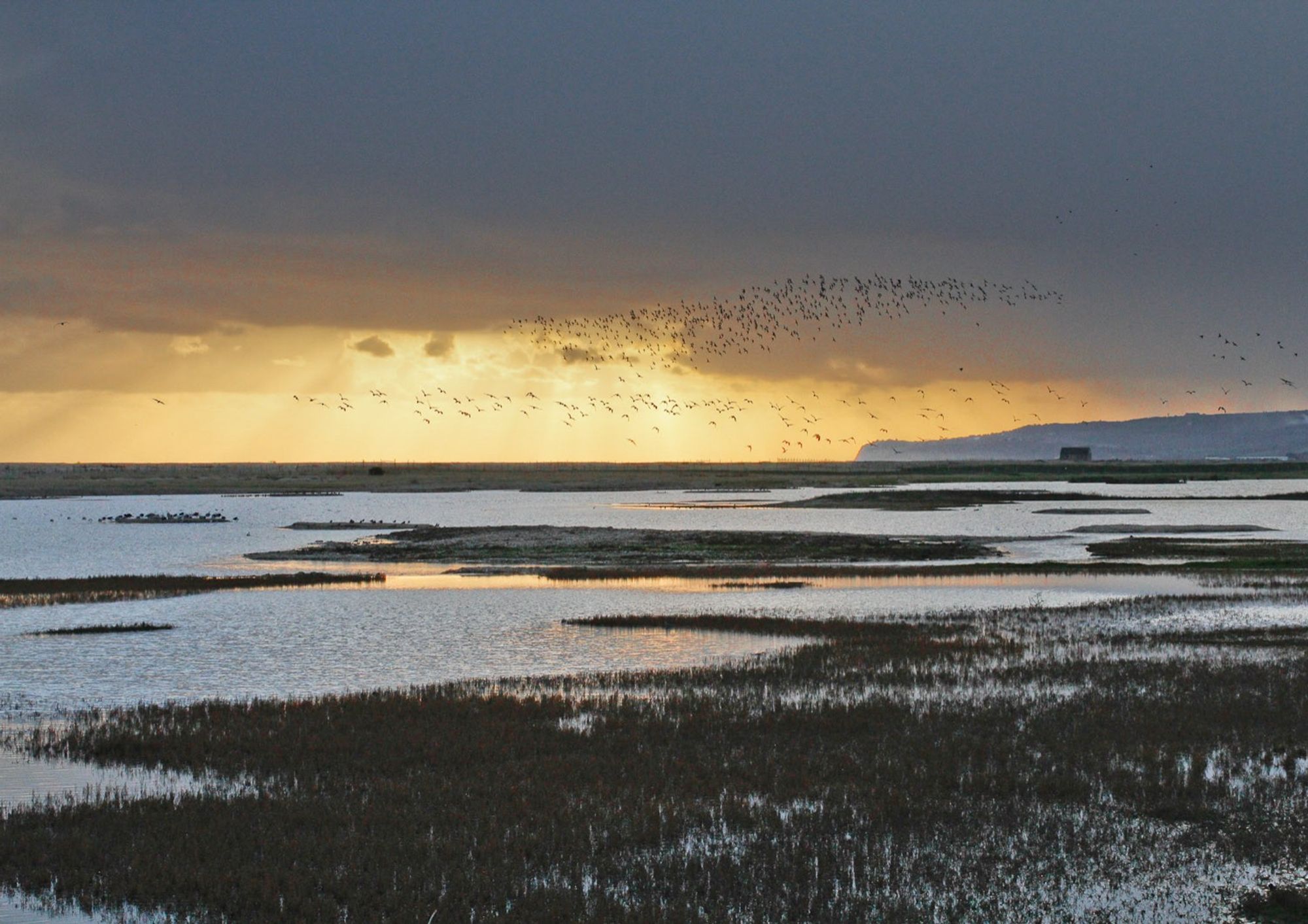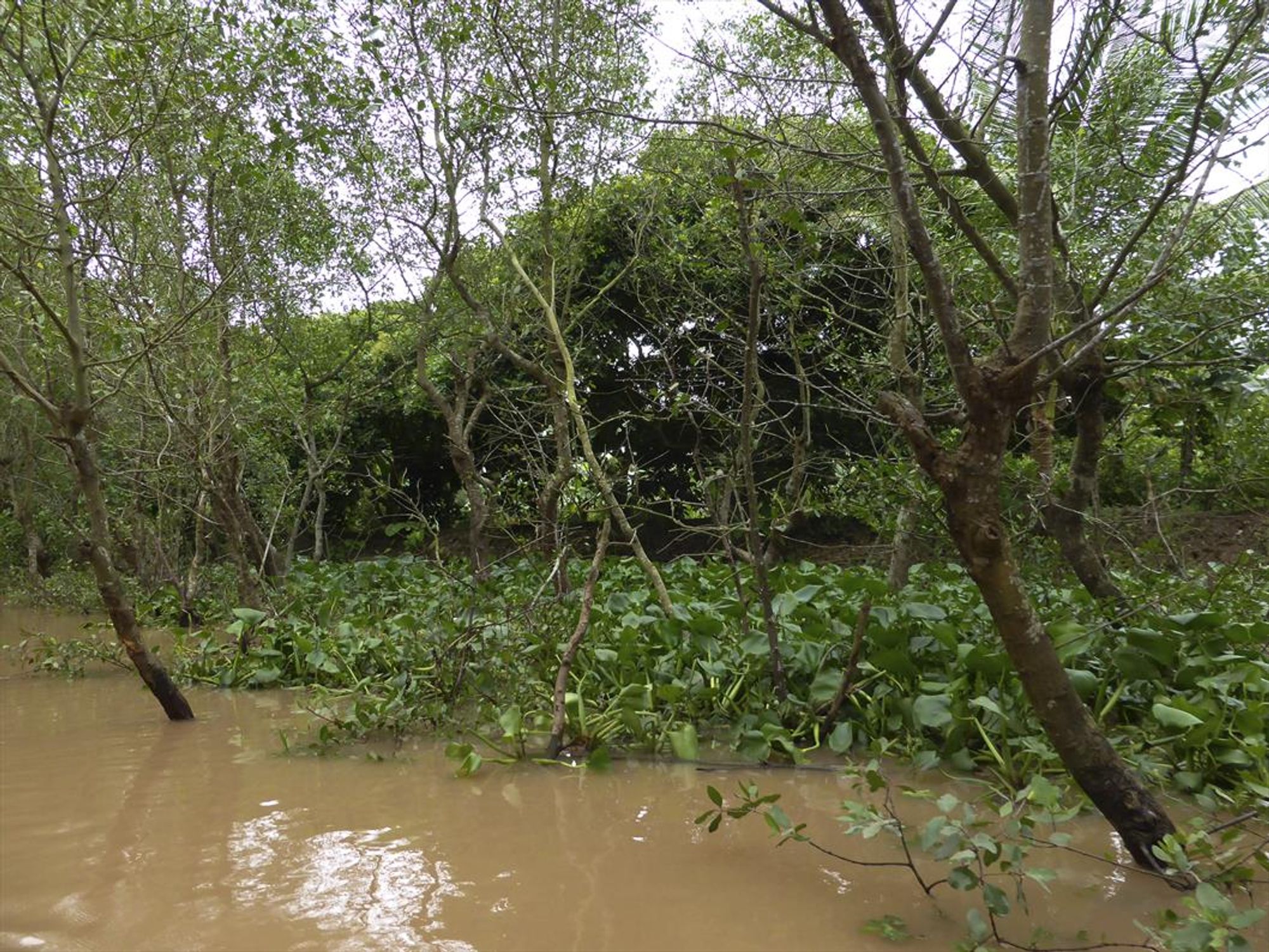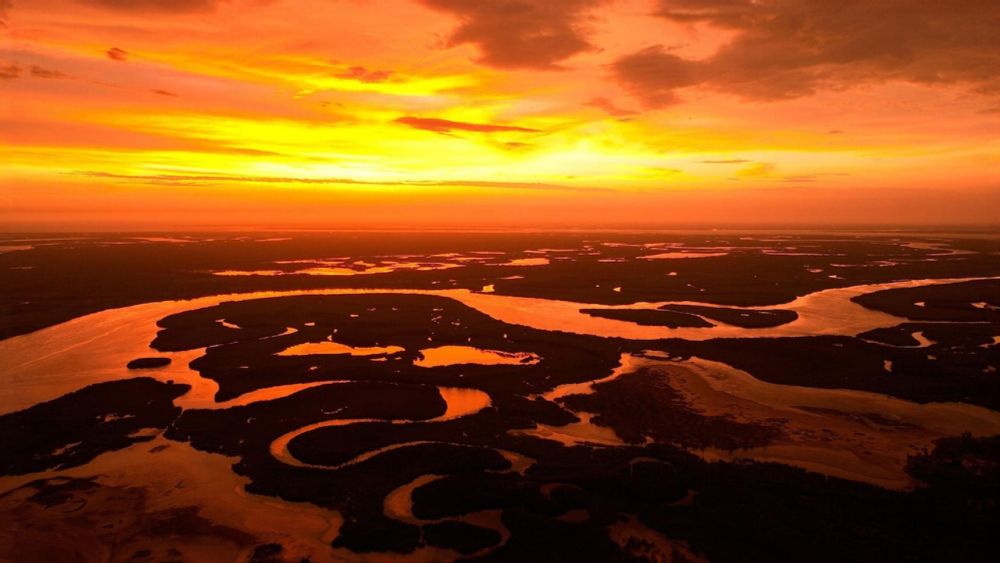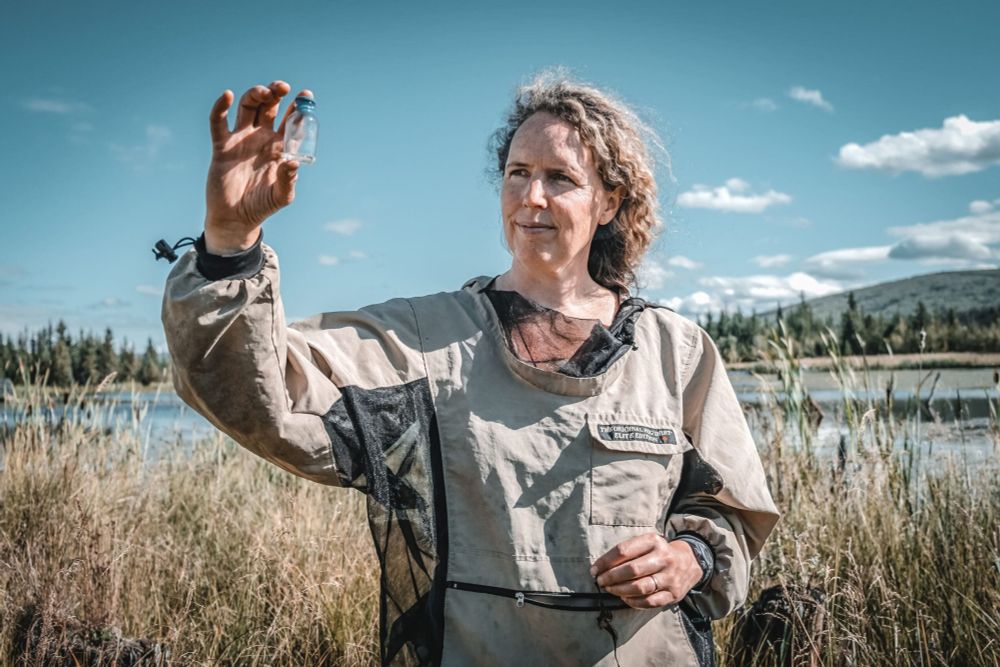Sussex Wildlife Trust is working to protect 26 ha of saltmarsh habitat at our nature reserve at Rye Harbour. Saltmarsh is part of a mosaic of habitats at this site, supporting a huge amount of biodiversity & naturally storing carbon. #BlueCarbonsussexwildlifetrust.org.uk/news/the-blu...

In Sussex, the work of the @SussexKelp partners saw 300km2 of seabed protected from bottom trawling. This vital protection will reduce seabed disturbance and protect potential blue carbon stores in the seabed locally. #BlueCarbonsussexwildlifetrust.org.uk/news/the-blu...


📣Seminar! On Monday, Cuc Nguyen Thi Kim, Senior Lecturer at Thuyloi University and an expert in #mangrove#conservation#ecology,#bluecarbon#UMF!www.umu.se/en/events...

📣Coming up! 🧪🐋🌊🦐 Listen to Cuc Nguyen Thi Kim, Senior Lecturer at Thuyloi University and an expert in #mangrove#conservation#ecology.#bluecarbon#UMFwww.umu.se/en/events...

#JeydaG#BlueCarbonwww.ardmediathek.de/video/Y3JpZD...

'Blue Carbon - Die Superkraft der Natur' ist ein Dokumentarfilm, der Musik und Wissenschaft nutzt, um die vielleicht beste Waffe im Kampf gegen den Klimawandel darzustellen.
Meeresschutz ist nicht nur wichtig für den Erhalt der Biodiversität. Als #BlueCarbon#Focus:www.focus.de/earth/a...

#bluecarbon#saltmarsh#risingsealevels "An analysis by the University of Maine suggests that a significant portion of the Maine’s salt marshes — between 28 and 57 percent, depending on the sea level rise scenario — could be gone by the end of the century. "

Some of Maine's coastal marshes could disappear by the end of the century, victims of a rising sea, coastal development and polluted runoff.
Residents near Hayama (Kanagawa Prefecture, #Japan#seagrass#seaweed#bluecarbon#seaurchin#shellfish harvest

The nation's net zero goal has driven interest in these ecosystems, but verifying the amount of carbon stored by seaweed presents a challenge.

